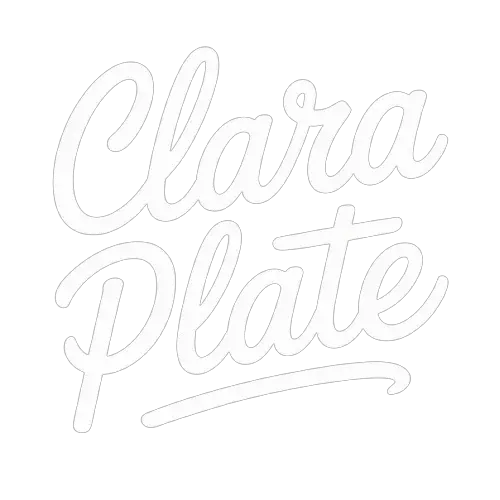It all started in my grandmother’s kitchen, the one with the chipped enamel stove and a window that steamed up every winter morning. She’d stand in her faded apron, sleeves rolled, potatoes in hand, and a kind of calm magic would unfold.
I didn’t understand the comfort of potato pancakes then—I was too busy trying to sneak bites of dough and watching the skillet like it was a stage. But the smell—the earthy warmth of grated potatoes frying in oil—has never left me. Years later, when I was newly married and trying to impress my in-laws with a home-cooked meal, I remembered those pancakes.
I called my mother in a panic, holding a box grater in one hand and an onion in the other. She guided me through it on the phone—no measurements, just “feel the texture,” “watch the color,” and “don’t rush the oil.” That batch wasn’t perfect, but they were good enough. They brought people to the table, they sparked stories, and they started what’s now a quiet tradition in my own home.
Whether it’s a chilly Sunday or a fridge-cleanout kind of night, these potato pancakes are my go-to. And I’m here to share everything I’ve learned, the easy way—mistakes and all.
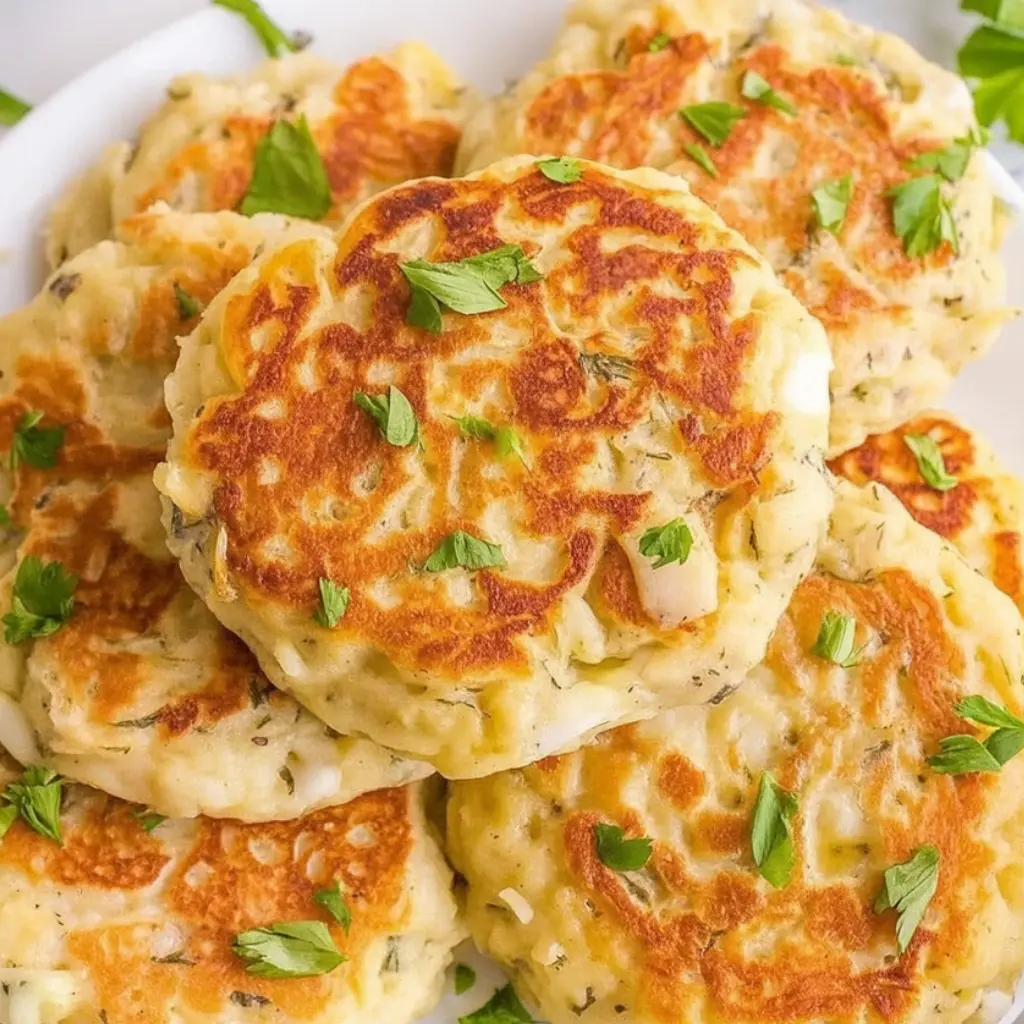
Why You’ll Love This Recipe:
- Crispy edges and tender centers every time
- Uses pantry staples—just potatoes, onion, flour, and egg
- Perfect for breakfast, dinner, or late-night snacking
- Naturally budget-friendly and flexible with what’s on hand
- Easy to double or freeze for future meals
- Loved by kids and picky eaters alike
Ingredients You’ll Need:
- 4 medium russet potatoes, peeled and grated — I’ve tried red potatoes, but russets hold their structure and crisp better. Don’t skip rinsing and squeezing them—it’s the secret to that golden crust.
- 1 small yellow onion, grated — The onion adds sharpness and depth. If you’re not a fan, a shallot or green onions can work in a pinch, though the flavor shifts.
- 1 large egg — It binds everything, and one is usually enough. If your batter feels too loose, a second egg won’t hurt.
- 3 tablespoons all-purpose flour — I’ve used matzo meal during Passover and it gives a nice nutty note, but regular flour keeps it light and crisp.
- Salt and pepper, to taste — Don’t be shy here. Potatoes are blank slates and need salt to shine.
- Neutral oil for frying, like canola or sunflower — You want something that can handle high heat without overpowering the flavor.
How to Make It (Step-by-Step Instructions):
Start by grating the potatoes and onion—I like to use a box grater for control, but a food processor works if your wrists need a break. You’ll end up with a watery pile, and this is where most people go wrong: squeeze out that liquid. I mean it. Take a clean tea towel or cheesecloth, pile in the grated mix, and twist with all your might. I do this over the sink and press until my arms get tired. The drier the mixture, the crisper your pancakes will be.
Transfer the grated, drained potatoes and onion to a mixing bowl. Add the egg, flour, salt, and pepper. Stir until it holds together—not wet, but not crumbly. If it feels like it’s falling apart, a touch more flour will help.
Heat about ¼ inch of oil in a cast iron or heavy-bottomed skillet over medium-high heat. I always do a test drop of batter—if it sizzles immediately, you’re ready. Spoon a heaping tablespoon of mixture into the pan and flatten it gently with the back of the spoon. Don’t crowd the pan; give them breathing room so they brown, not steam.
Let them cook without fussing—about 3 to 4 minutes per side, depending on size. You’re looking for a deep golden crust. Flip once, carefully, and press down just a bit to ensure even browning. Remove to a paper towel-lined plate, sprinkle with a little extra salt while hot, and keep warm in a low oven if making a batch.
They’re best eaten fresh, but I’ve never had complaints about day-old reheats, either.
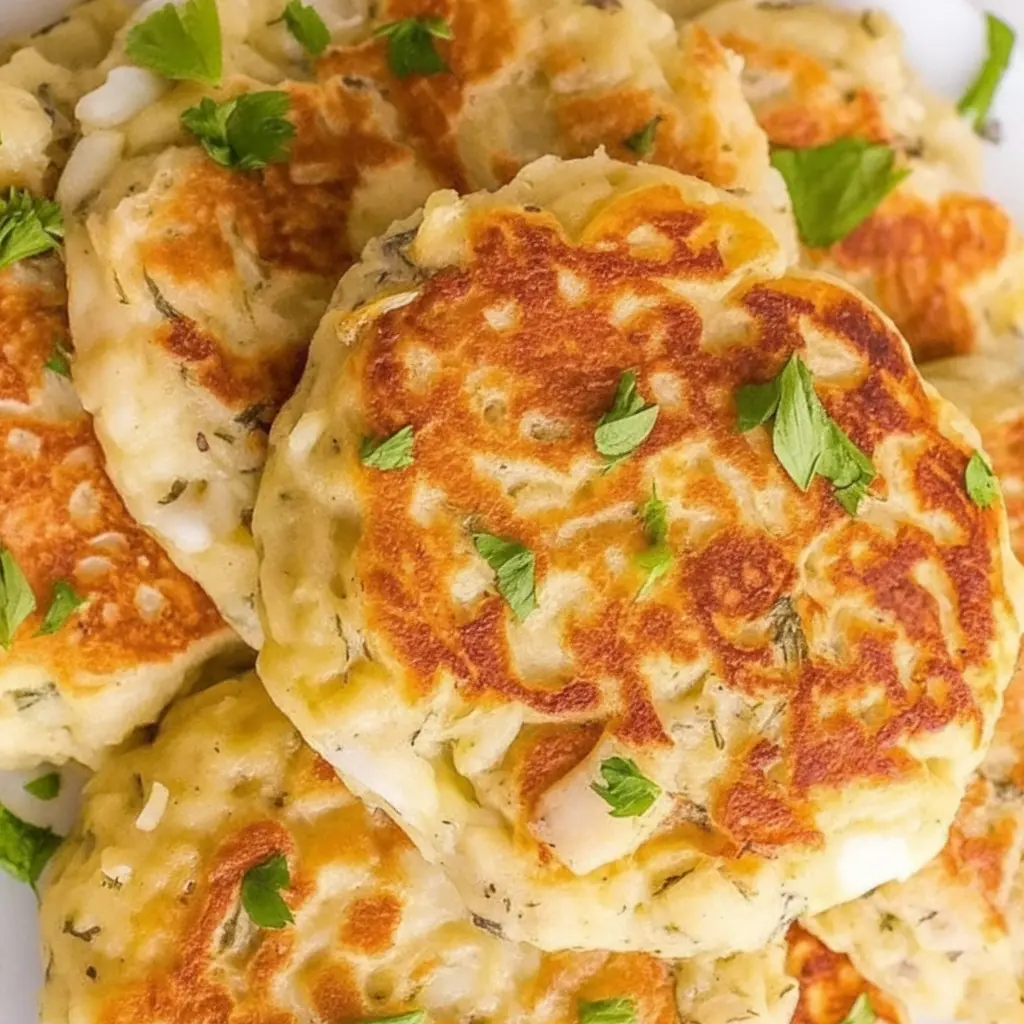
Expert Tips for the Best Results:
What really makes or breaks these pancakes is moisture and heat control. I’ve had soggy, limp batches when I got lazy with squeezing or rushed the oil before it was hot enough. Take your time at the start—dry out the potatoes well, and heat the oil patiently. Don’t flip too soon, and resist pressing them down too hard or too early. I also season the batter lightly but always finish with a pinch of salt on top, right after frying—it hits the hot surface and clings beautifully. Use a slotted spatula if you have one—it lifts them without breaking the edges. And if you’re feeding a crowd, keep a baking sheet in a 200°F oven to hold them until you’re done.
Variations & Substitutions:
One night I was short on potatoes and ended up mixing in some shredded zucchini—just salted and squeezed dry like the potatoes—and it turned out to be a hit. Another time, I added a handful of grated cheddar and a pinch of smoked paprika for a brunch side, and my neighbor asked for the “recipe” like it was some gourmet trick. I’ve even swapped in sweet potatoes for a more earthy, slightly sweeter version, though I usually add a bit more flour to bind those. If gluten’s a concern, potato starch works well in place of flour. These pancakes are forgiving, which is why they’ve stayed in my rotation for years.
Serving Suggestions:
I usually serve them right on the table with a bowl of sour cream and a jar of homemade applesauce. My husband likes them with a fried egg on top and a bit of hot sauce, while my daughter eats hers plain with ketchup (I don’t ask questions anymore). They’re great alongside soup or roasted vegetables, or even as a base for smoked salmon and dill crème fraîche if you’re feeling fancy. We’ve served them at brunches, snow days, and even at our Hanukkah table next to brisket—they fit in everywhere.
Storage & Reheating Instructions:
If you have leftovers, let them cool completely before storing. I line a container with paper towels to soak up any extra oil, then cover and refrigerate. They’ll keep for about three days. To reheat, skip the microwave—it turns them limp. I re-crisp them in a dry skillet over medium heat, or sometimes in a toaster oven if I’m in a hurry. The crust comes back, though it’s never quite like fresh from the pan—but honestly, they’re still delicious
Recipe FAQs (Answered by Clara):
Can I make the batter ahead of time?
You can, but the potatoes will darken if they sit too long. If you need to prep ahead, store the grated potatoes in cold water, then drain and squeeze just before mixing and frying.
Do I have to peel the potatoes?
Not at all. When I’m in a rush, I leave the skins on—just scrub them well. The texture’s a bit more rustic, but it still works beautifully.
Can I freeze these?
Yes, and I’ve done it plenty of times. Let them cool, then freeze in a single layer before transferring to a bag. Reheat straight from frozen in a hot oven or skillet.
Why are my pancakes falling apart?
Usually it’s too much moisture or not enough binder. Squeeze harder, or add a touch more flour or another egg if needed.
Is this the same as latkes?
Very similar—my version is simpler and more rustic. Latkes often use baking powder or matzo meal and are tied to holiday traditions, but these are my everyday, anytime potato pancakes.
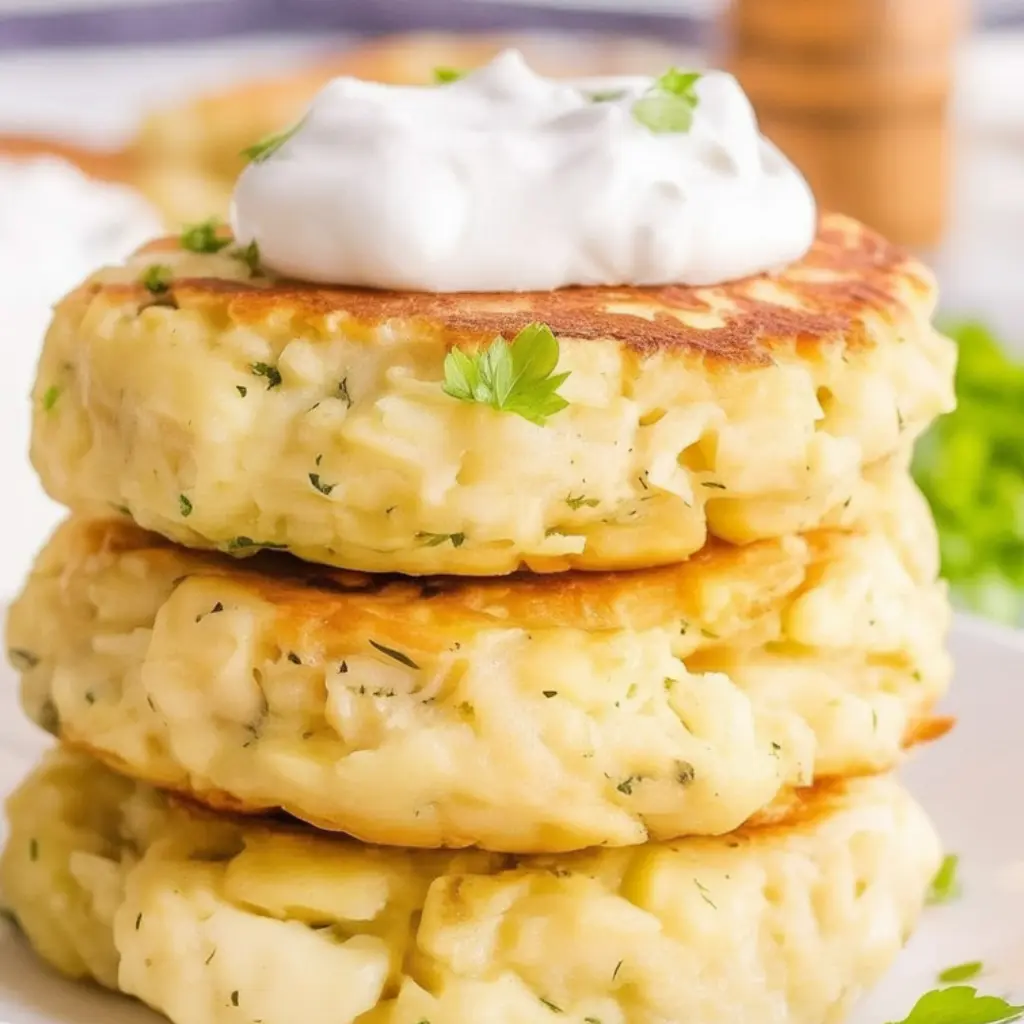
Conclusion:
If there’s one thing I’ve learned after making these hundreds of times, it’s that perfection isn’t the goal—comfort is. These pancakes have fed tired bodies, soothed worries, and brought laughter to the kitchen more times than I can count. So whether this is your first time grating a potato or your hundredth, I hope this recipe becomes something you return to, tweak, and make your own. And if you do give it a try, I’d love to hear how it turned out. Leave a comment, share a story, or just come back next time you need something simple and satisfying to bring to the table. Happy cooking from my kitchen to yours.
Nutrition Information (Approximate, per pancake):
Calories: 130
Carbohydrates: 18g
Protein: 3g
Fat: 6g
Fiber: 2g
Sodium: 150mg
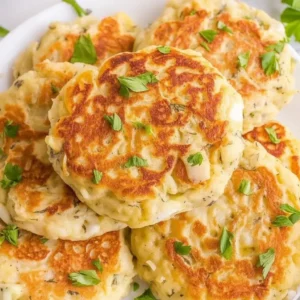
Potato Pancakes
Ingredients
- 2 lbs russet potatoes peeled
- 1 small yellow onion
- 2 large eggs
- ⅓ cup all-purpose flour or matzo meal
- 1 teaspoon salt
- ½ teaspoon black pepper
- ½ teaspoon baking powder optional, for fluffier pancakes
- Vegetable oil for frying
- Optional for serving: sour cream applesauce, chopped chives
Instructions
- Grate potatoes and onion: Using a box grater or food processor, grate the potatoes and onion. Place in a clean kitchen towel and squeeze out as much moisture as possible. This step is crucial for crispiness.
- Mix batter: In a large bowl, combine the grated mixture with eggs, flour, salt, pepper, and baking powder (if using). Stir until evenly combined.
- Heat oil: In a large skillet, heat about ¼ inch of oil over medium-high heat until shimmering.
- Fry the pancakes: Scoop about ¼ cup of mixture for each pancake into the pan. Flatten gently with a spatula and fry for 3–4 minutes per side, or until golden brown and crispy.
- Drain and repeat: Transfer to a paper towel-lined plate to drain. Continue in batches, adjusting heat as needed.
- Serve hot: Enjoy immediately with sour cream, applesauce, or your favorite toppings.
Notes
- No food processor? Use the coarse side of a box grater and a towel to squeeze out excess liquid.
- Extra crispy: Spread pancakes out on a wire rack in the oven at 200°F (95°C) to keep warm and crispy while finishing batches.
- Flavor boost: Add minced garlic or chopped herbs (like parsley or dill) to the batter for more depth.
- Reheating tip: Reheat in a skillet or air fryer for the best texture. Avoid microwaving, which makes them soggy.
- Freezer-friendly: Freeze after frying. Reheat directly from frozen in the oven or toaster oven.

